(USMLE topics) How the hypothalamus controls body temperature. How fever resets the hypothalamus. Fever versus hyperthermia. This video is available for instant download licensing here https://www.alilamedicalmedia.com/-/galleries/all-animations/immune-and-lymphatic-system-videos/-/medias/1b1d41f8-139e-44a6-8ed2-66127f951376-fever-narrated-animation Voice by: Ashley Fleming ©Alila Medical Media. All rights reserved. Support us on Patreon and get FREE downloads and other great rewards: patreon.com/AlilaMedicalMedia All images/videos by Alila Medical Media are for information purposes ONLY and are NOT intended to replace professional medical advice, diagnosis or treatment. Always seek the advice of a qualified healthcare provider with any questions you may have regarding a medical condition. Fever, clinically known as pyrexia, is an abnormal increase in body temperature, usually due to an illness. Commonly thought as an undesirable side effect of diseases, fever is actually an effective way the body uses to fight infections. Patients usually recover faster when they allow fever to run its course rather than suppressing it with fever-reducing medications. This is because a higher temperature slows down the growth of most pathogens, as well as boosts the effectiveness of the body’s immune response. It also increases metabolic rates and thereby accelerating tissue repair. Normally, the hypothalamus keeps the body’s temperature within a narrow range around 37 degrees Celsius, or 98.6 degrees Fahrenheit. The hypothalamus acts like a thermostat. It receives inputs from heat and cold receptors throughout the body, and activates heating or cooling, accordingly. When the body is too hot, the hypothalamus sends instructions for it to cool down, for example, by producing sweat. On the other hand, when temperature drops, the hypothalamus directs the body to preserve and produce heat, mainly via the release of norepinephrine. Norepinephrine increases heat production in brown adipose tissue and induces vasoconstriction to reduce heat loss. In addition, acetylcholine stimulates the muscles to shiver, converting stored chemical energy into heat. Fever is part of the inflammatory response. When immune cells detect the presence of a pathogen, for example, upon binding to a component of bacterial cell walls, they produce inflammatory cytokines. Some of these cytokines are fever-inducers, or pyrogenic. Pyrogenic cytokines act within the hypothalamus to induce the synthesis of prostaglandin E2, PGE2, the major fever inducer. PGE2 acts on thermoregulatory neurons of the hypothalamus to raise the body’s temperature set point. In other words, PGE2 tricks the hypothalamus into thinking that the body is cold, while in fact the temperature did not change. In response, the hypothalamus instructs the body to actively produce heat to raise body temperature above normal. Fever-reducing medications, such as aspirin and ibuprofen, work by suppressing PGE2 synthesis. Once infection is cleared, pyrogens are no longer produced and the hypothalamic thermostat is set back to normal temperature. Cooling mechanisms, such as sweating and vasodilation, are activated to cool the body down. While fever is usually beneficial and need not be treated, precaution should be taken to prevent body temperature from running too high, which may cause confusion, seizures and irreversible damage to the brain. Finally, it is important to differentiate between fever and hyperthermia, the latter is often caused by extended exposures to extreme heat, or heat stroke. Unlike fever, the body’s temperature set point in hyperthermia is unchanged and the body does not produce the extra heat; its cooling system is simply exhausted and fails to compensate for the excessive external heating. Hyperthermia is always harmful and must be treated with various cooling methods. Fever-reducing medications have no effect on hyperthermia as pyrogens are not involved.
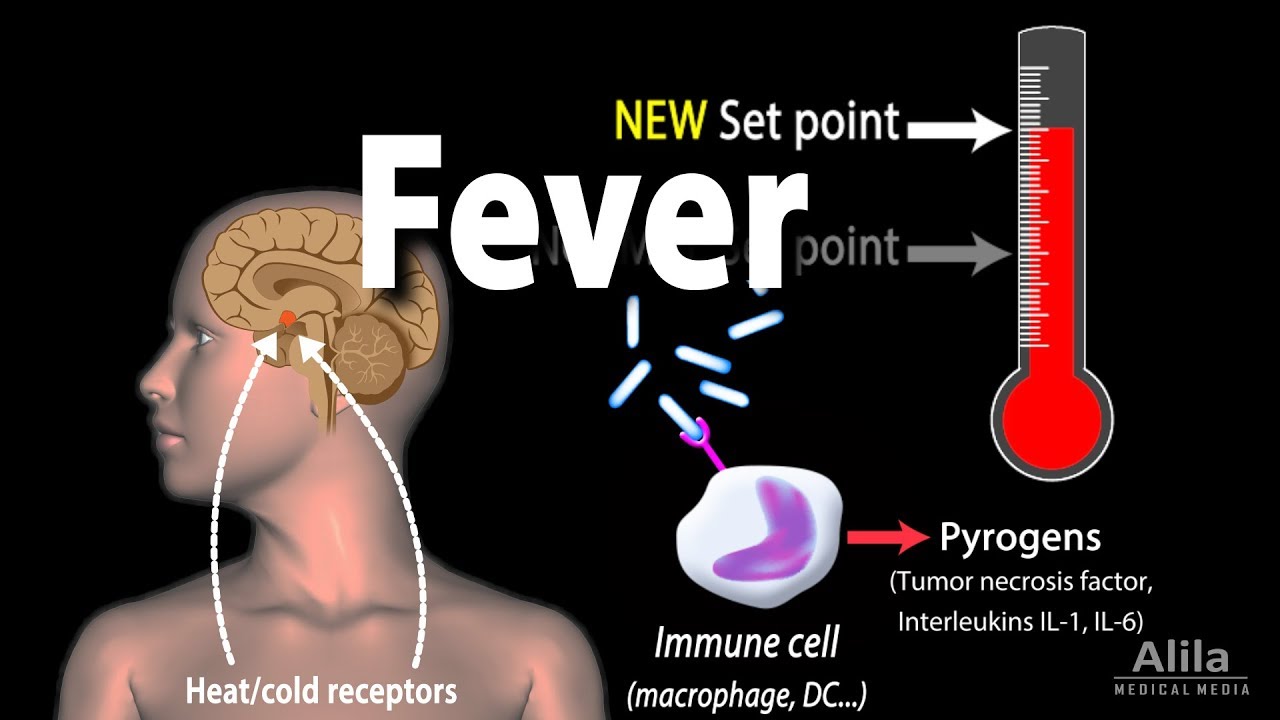
Induction of Fever, Control of Body Temperature, Hyperthermia, Animation.
- Post author:admin
- Post published:October 7, 2021
- Post category:Uncategorized
- Post comments:0 Comments
You Might Also Like

Flexibility and Gymnastics Skills. Flexibility Stretches. Professional contortion. yoga flexibility

Insulin Resistance: A Bodybuilders WORST Nightmare…

What Causes Diabetes?

The Thyroid Body Type

Community Psychiatry Video – 2

Exercises and Stretches for Arm Pain

✅ Ovulation – HCG

Bodybulding -90kg SM Lahti 2016 freeposing

How to Perform a Back Extension | Exercise Form Video

Stretching Exercises Before Running

High Intensity Muscle Building Workout

Modified Tricep Dips Demo

Exercise Anatomy: Back Workout | Pietro Boselli

Diet in Liver disease (Fatty liver, Liver cirrhosis, Hepatomegaly, Jaundice & Hepatitis)

General Practice Video – 2
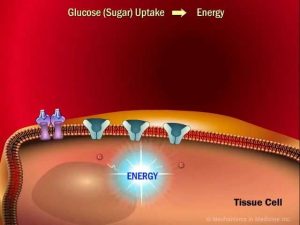
The Role of Insulin in the Human Body

How to Lower Your BMI

Human Body for Kids/Brain Song/Human Body Systems

10 Best Pre & Post Workout Meals / Snacks
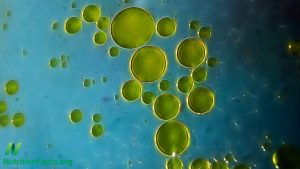
Olive Oil and Artery Function

Anemia In Children – Causes, Symptoms and Treatment

Triceps Dip Machine

Aroma Therapy Video – 1

Kegel Exercises For Men: How the Private Gym Program Works

Abs workouts Anatomy 20 Exercises That Building your abs muscle

Law 3: Train to Lose | 10 Laws of Muscle-Building
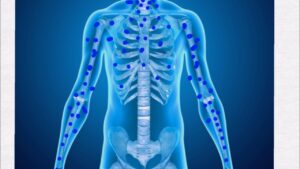
Endocrine System Stop Motion

3 Quad Training Tips for Faster Leg Gains (Muscle-Group Series)

Biological Psychiatry Video – 1
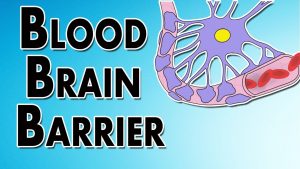
Blood Brain Barrier – Layers, Permeability, and Function

Bodybuilding Nutrition, Diet Recipes & Workout – 1

How to do Standing Bicep Cable Curl exactly – Biceps Workout

BMI Body Mass Index Gone Wrong! and Aspire Higher

Concentric, Eccentric, & Isometric Muscle Contractions

Workout Insanity 2014 Video Training + PDF Nutrition Guide

Pilates Video – 1
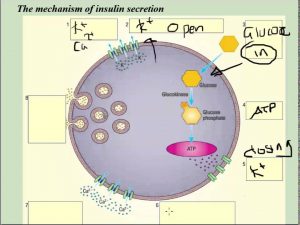
Insulin secretion at cellular level (beta cells) – A2 Science
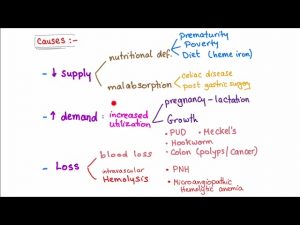
Iron Deficiency Anemia (Causes)

Back Exercise Swiss-Ball Reverse Hyperextension Exercise

How to Use Your BMR (Basal Metabolic Rate) to Lose Weight – Dr Mandell

Antioxidant Nutrition – Resveratrol Dietary Supplement

